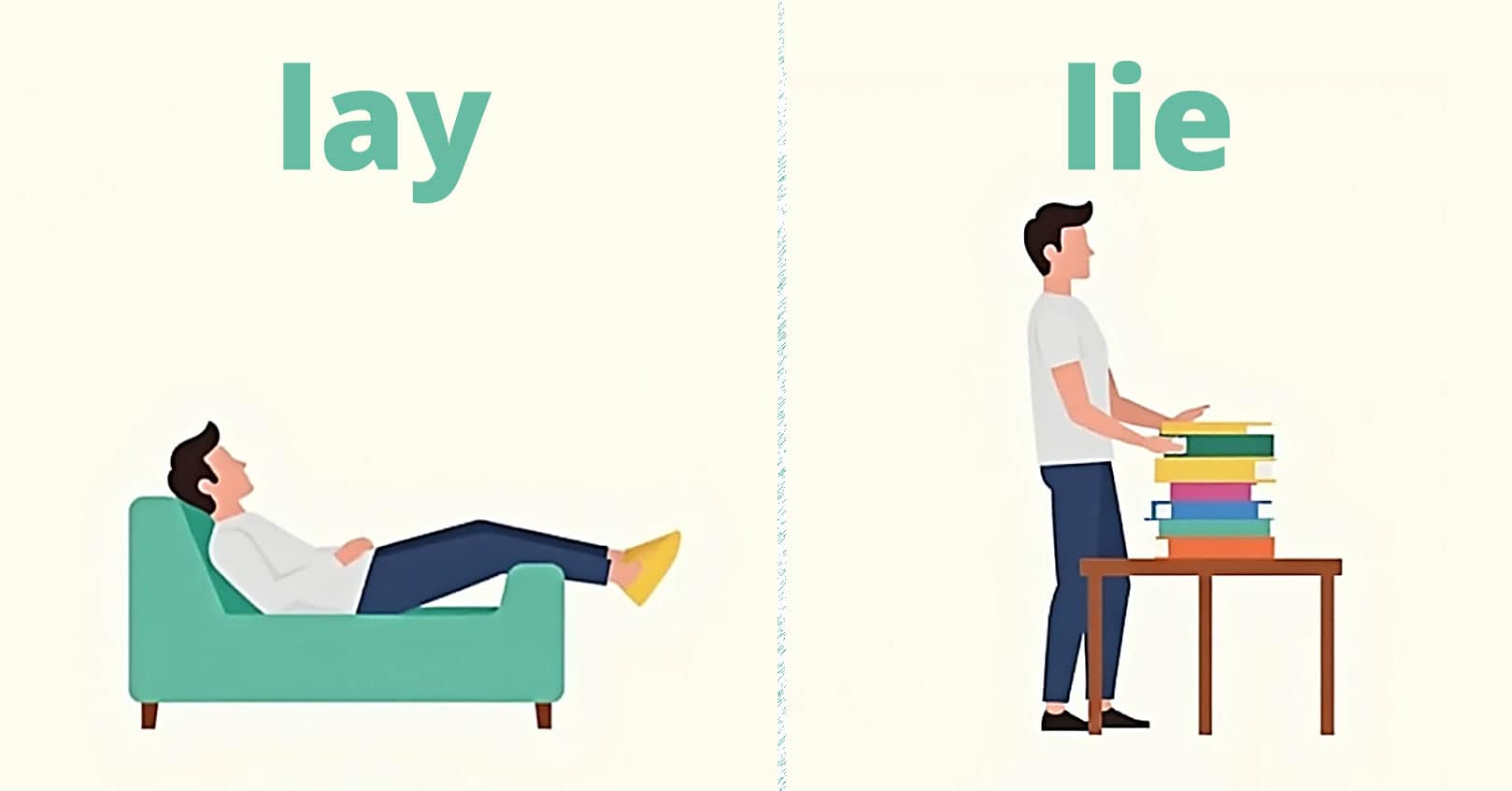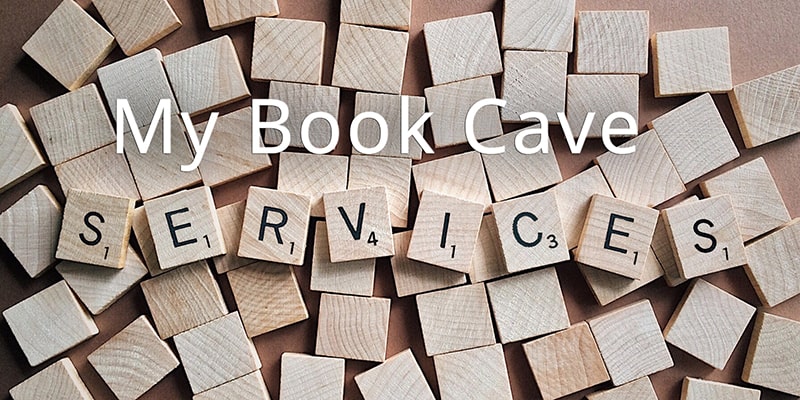
Few grammar tangles trip up writers more than lie and lay. Even editors and bestselling authors stumble here, and readers notice. The trouble comes from the fact that both words deal with positioning—but they don’t work the same way. Let’s straighten this out once and for all.
The Quick Answer
- Lie means to recline or to rest yourself. (No direct object.)
- Lay means to put something down. (Always has a direct object.)
Examples in Action
- Lie (no object):
- “I need to lie down after finishing this draft.”
- “The book is lying on the desk.”
- Lay (requires an object):
- “She laid the manuscript on the table.”
- “Please lay your notes beside mine.”
The Past-Tense Problem
Here’s where writers groan: the past tense of lie is lay. Confusing, right?
- Present: I lie down every afternoon.
- Past: Yesterday, I lay down after lunch.
- Past Participle: I have lain down already.
Meanwhile, lay works like this:
- Present: I lay the book on the desk.
- Past: Yesterday, I laid the book on the desk.
- Past Participle: I have laid the book on the desk before.
A Handy Trick to Remember
- If you can replace the verb with recline, use lie.
- If you can replace the verb with put/place, use lay.
Examples:
- “I need to recline.” → Correct: lie
- “I need to put the pen down.” → Correct: lay
Why It Matters for Writers
Mixing up lie and lay won’t always confuse the reader, but it can pull them out of your story. Readers with sharp grammar radar will spot the slip instantly. Using the right form keeps your prose smooth and professional.
✅ Takeaway:
Master this pair, and you’ll never again have to second-guess whether your characters lay down or lie down.
- Lie = recline (no object).
- Lay = put/place (needs an object).
So the next time you’re tempted to let your character lay down for a nap, remember—you might just be putting them on the table instead of the couch. Choose wisely, and your grammar (and your characters) will rest easy.















Comments